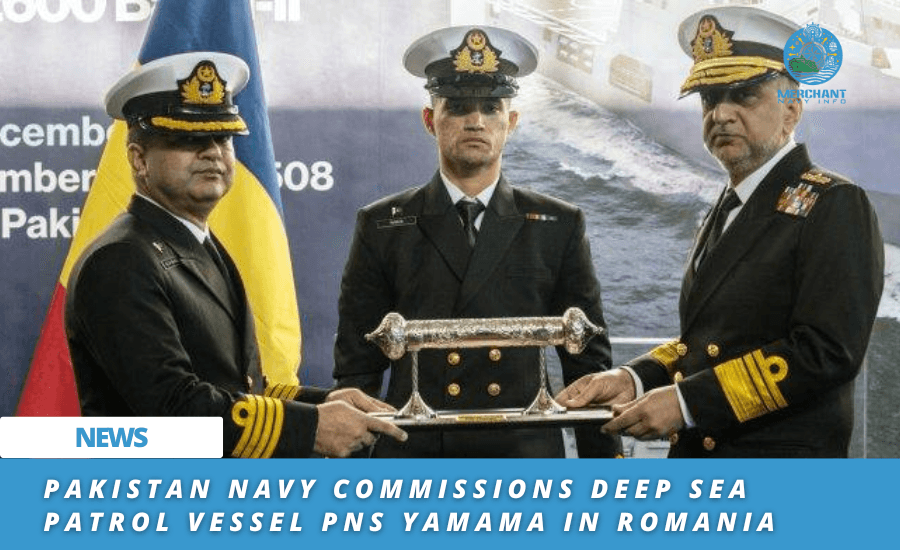
“Within one year, all ships covered by the Ballast Water Convention will need to be equipped with an approved ballast water treatment system,” Gard P&I Club experts emphasize. From September 8, 2024, all ships covered by the BWM Convention (all ships over 400 GT, with some exceptions and also additions) will be required to comply with the performance standards contained in regulation D-2. This means ships without ballast water treatment systems. Companies with these systems must install an approved system by the deadline. Additionally, in June 2023, the last MEPC adopted amendments to Annex II of the Convention on the format of the Ballast Water Record Book (BWM), which is expected to enter into force on February 1, 2025.
Proper Management
It is critical to preventing the spread of aquatic invasive species. Cameron Livingston, Head of Losses at Arendal, and Christine Livingstone, Senior Head of Loss Prevention at Arendal Urdahl, said in a recent article published on the Guard Club website: Ship operators who have not yet decided to install a ballast water treatment system are advised to start preparatory work as soon as possible. The deadline for September 8, 2024, is approaching, and also several decisions need to be made to ensure compliance.
Recommendation
In this regard, Cameron and Christine recommend the following:
- Ensure that obligations under the BWM Convention and also other national. And local regulations are fully understood and develop a thorough strategy to comply with applicable standards.
- Pay particular attention to the situation in the United States (U.S.). The United States is not a party to her BWM Convention. Vessels discharging it into U.S. territorial waters must comply with U.S. BWM regulations, regardless of the vessel’s status under the IMO BWM Convention. The United States maintains a separate list of U.S. Coast Guard-approved treatment systems.
- Assess the suitability of available treatment system solutions. Based on each vessel’s operational profile and design (see below for details on the various treatment options).
- Consider the “time factor.” Availability and delivery times of approved processing systems depend on demand, as well as shipyard capacity.
- Once you have selected your ballast water treatment system solution. Ensure that your officers and crew are properly trained. And able to perform their assigned management tasks and functions. The BWM Convention training and familiarization procedures must be integrated into the company’s Safety Management System “SMS.”
Procedure that Must be Integrated
- Overview of this management and all related rules and regulations.
- Understand the ship’s ballast water management plan and also assigned tasks.
- Operation and maintenance of ships’ ballast water treatment systems.
- Emergency procedures and
- Complete and record the ship’s ballast waterlog.
- Ensure each vessel has an approved Management Plan, Logbook, and International Ballast Water Management Certificate.
- Prepare for Port State Control (PSC) inspection. In addition to verification of valid and approved procedures, records and certificates on board, and sampling of the ship’s ballast water, which is carried out in accordance with the IMO Guidelines for Ballast Water Sampling (G2), may be required. Compliance with national and local regulations is also verified by her PSC.









